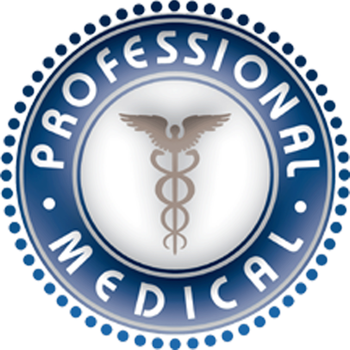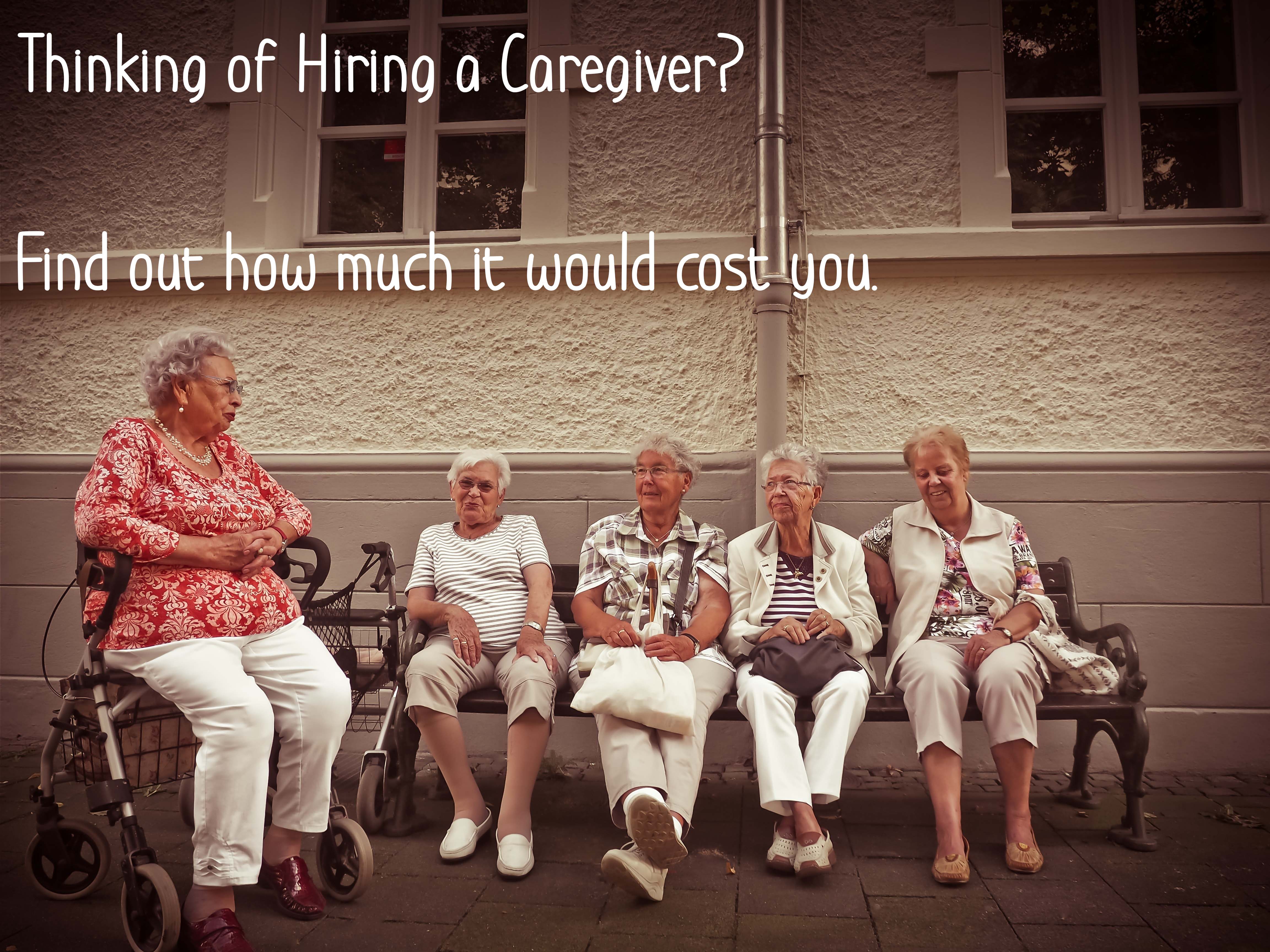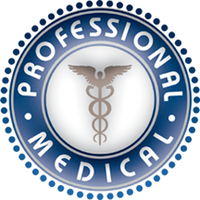Vitamin D a Pain Reliever?
 Vitamin D is known as the sunshine vitamin because when sunlight hits skin, the body produces this vitamin, essential for strong, healthy bones. However, a mountain of new evidence suggests that the vitamin may have a more versatile role than previously thought, particularly when it comes to maintaining a healthy immune system and boosting mood.
Vitamin D is known as the sunshine vitamin because when sunlight hits skin, the body produces this vitamin, essential for strong, healthy bones. However, a mountain of new evidence suggests that the vitamin may have a more versatile role than previously thought, particularly when it comes to maintaining a healthy immune system and boosting mood.
Low levels have been associated with more severe asthma, colds, seasonal affective disorder, depression, and even chronic pain or fibromyalgia. So does that mean that taking more vitamin D (or spending a bit more time in the sun) can combat fibromyalgia? Not just yet.
Studies have found that pain patients, including those with fibromyalgia, are more likely to be vitamin D deficient than their pain-free peers. However, it’s not clear which came first; people in pain may get less sun (presumably because they may be more likely to stay inside, due to pain), which could lead to a vitamin D deficiency, rather than vice versa—a vitamin D deficiency leading to pain. And it’s also not clear if making sure you have adequate levels of the vitamin will help relieve pain or other fibromyalgia symptoms, such as lack of energy or difficulty sleeping.
What’s known about vitamin D
Our bodies make vitamin D naturally when exposed to sunlight. It only takes 10 to 15 minutes a day outside (without sunscreen) to make an adequate amount, but according to studies, about half of adults and 70% of children don’t get enough. In a 2003 study, 93% of pain patients had low levels of vitamin D. The current dietary reference intake for people up to age 50 is 200 international units (IU) per day of vitamin D. Adults ages 51 to 70 need 400 IU/day, and those older than 70 need 600 IU/day, with an upper limit of 2,000 IU/day deemed safe.
But some experts suggest raising that upper limit. Toxicity levels, they say, are closer to 10,000 IU/day, and 2,000 may be closer to the baseline of what healthy bodies need. Current recommendations were established by the Institute of Medicine in 1997 to promote optimal bone health and are under review to possibly be revised in the summer of 2010.
Screening for vitamin D deficiency is as easy as a blood test, and deficiency can be righted with a few minutes of sunscreen-free time in the sun, supplemental pills, or by incorporating foods like eggs, mushrooms, and salmon—all natural carriers of vitamin D—into a healthy diet.
Getting vitamin D from natural sources can stop you from getting too much of the vitamin, since the body makes only what it needs.
Although it’s hard to overdose on vitamin D, it is possible if you take megadoses of the vitamin, which can cause hypercalcemia, an above-average concentration of calcium in the blood that can lead to kidney failure and nervous system problems, and hyperphosphatemia, an increase in levels of phosphates in the blood, which can affect bone density and increase the risk of osteoporosis.
Many who lack vitamin D—especially during the dark and dreary winter months when sunlight isn’t abundant—do turn to supplements. In 2008, Americans spent $235 million on vitamin D supplements, up from $40 million in 2001.
Can vitamin D help fibro symptoms?
While more research is needed, experts believe supplementing with vitamin D may lessen pain, says Gregory A. Plotnikoff, MD, the medical director at the Penny George Institute for Health and Healing at Abbott Northwestern Hospital, in Minneapolis. “Many Americans are reporting that replenishing their vitamin D results in significantly reduced pain, increased energy, and better sense of well-being,” says Dr. Plotnikoff, who published a 2003 study of the link.
However, W. Michael Hooten, MD, an assistant professor of anesthesiology and the medical director at the Mayo Clinic Pain Rehabilitation Center, in Rochester, Minn., notes that patients in pain may be more inactive and spend less time in the sun than people who are pain free.
“They may stay indoors more, their diet may become altered, which may predispose them to develop a vitamin D deficiency,” he says.
In a study published last year and co-authored by Dr. Hooten, pain patients with a vitamin D deficiency took almost double the amount of pain medication to control their symptoms as pain patients with adequate levels of the vitamin. In the study of 267 chronic pain patients, 66 had been diagnosed with fibromyalgia. Over half of the participants had such intense pain that they were using opioid painkillers daily.
“If you’re choking down 150 milligrams of morphine per day, you don’t have energy, you feel lousy, you’re staying at home all the time,” he says. “Clinicians should be suspect of chronic pain patients. What we measured justifies screening for [vitamin D deficiency].”
For now, more research is needed to determine whether exposure to more vitamin D will truly help cut fibromyalgia pain.
It is known that vitamin D can help lessen pain caused by osteomalacia, a softening or weakening of the bones caused by a severe, long-term lack of vitamin D. Researchers aren’t sure how many people suffer from osteomalacia, says Dr. Hooten, but it can be misdiagnosed as fibromyalgia or other conditions.
But even if an adequate intake of vitamin D doesn’t alleviate pain, it may boost mood and could potentially prevent 150,000 cases of cancer annually. According to a 2009 study, supplementing vitamin D may also protect you from the common cold. In a study of nearly 19,000 people 12 and older, colds and other respiratory tract infections were found more frequently in people with lower levels of vitamin D. People with asthma and low vitamin D are six times more likely to get a cold, and people with chronic obstructive pulmonary disease, which includes chronic bronchitis and emphysema, were at two to three times the risk.
“Simply replenishing vitamin D,” says Dr. Plotnikoff, “can have profoundly positive effects.”
Courtesy of Health.com
- Tags: Aging & Wellness News
- Professional Medical














Comments 0